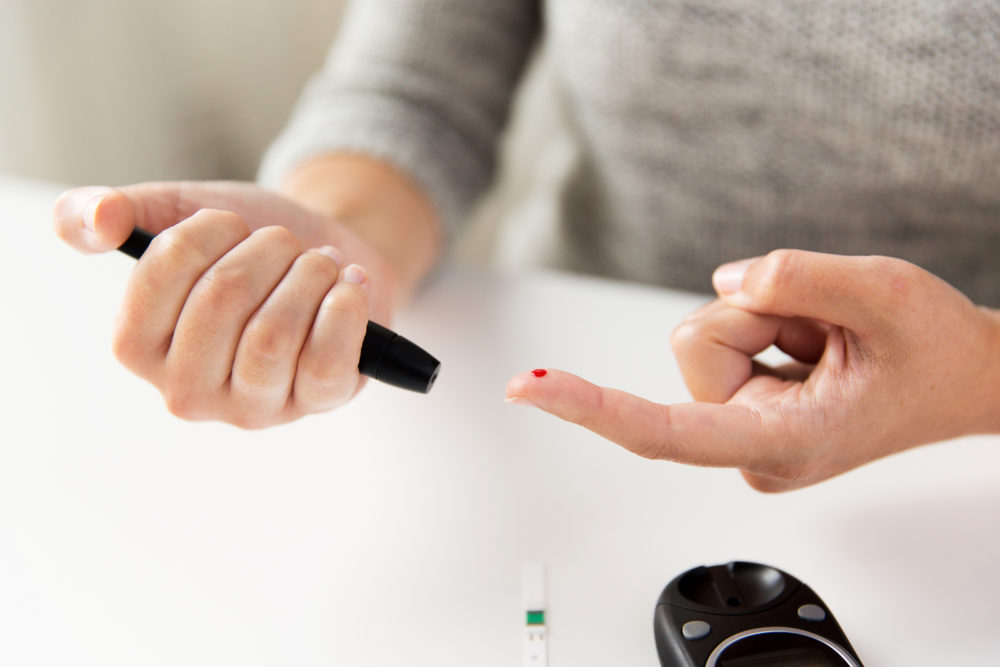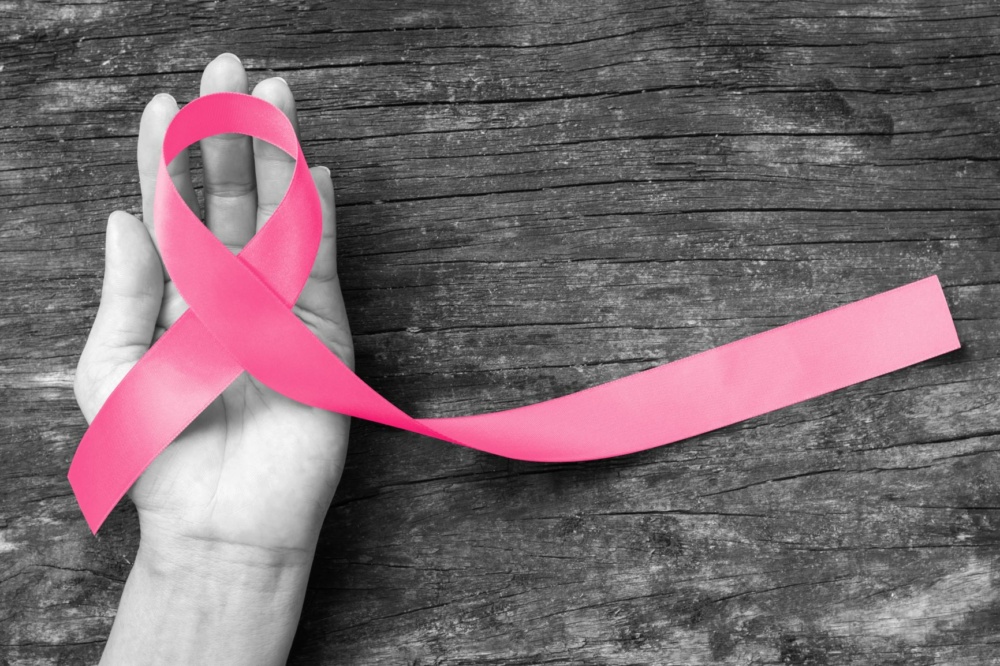[dropcap size=small]D[/dropcap]iabetes
Diabetes is a chronic disease that affects how your body uses glucose, or sugar. The body needs insulin to break down sugar or too much sugar will stay in your blood stream and can harm your body. Both type-1 and type-2 diabetes require medical attention, but the person must also manage the disease. A person living with diabetes may get a wound that does not heal due to infection, poor blood flow or a problem with nerves.
An estimated 29.1 million people, or 9.3 percent of the population, have diabetes, and nearly 28 percent are undiagnosed. Age, diet, activity level, obesity and family history are all risk facts for diabetes. People with diabetes can also experience co-existing conditions such as stroke, blindness, heart disease, kidney failure and lower-limb amputation.
Diabetic Foot Ulcers
It is estimated that 25 percent of people living with diabetes will develop a diabetic foot ulcer. There are several common factors of diabetic foot ulcers including neuropathy, peripheral arterial disease (PAD), deformities and Charcot foot. Neuropathy is a result of damage to peripheral nerves and often causes weakness, numbness and pain in hands and feet. Similarly, PAD is caused by narrowed arteries which reduces blood flow to the limbs. Charcot foot is a deformity that results from nerve damage in the foot or ankle potentially causing injuries to go untreated leading to the breakdown of joints.
Amputations
In 2010, about 73,000 non-traumatic lower-limb amputations were performed in adults aged 20 years or older with diagnosed diabetes. This accounts for 60 percent of non-traumatic lower-limb amputations. People with a diabetes related amputation have a 50 percent mortality rate within five years.
“An estimated 29.1 million people, or 9.3 percent of the population, have diabetes”
Wound Care
Proper wound care techniques are imperative to heal diabetic foot ulcers. Debridement, the removal of damaged tissue, is widely recognized as one of the most important methods of advanced wound care. Relieving pressure from the wound, also known as off-loading, should be included in the treatment of diabetic foot ulcers, as well. Finally, controlling possible infection is necessary because the diabetic foot ulcer can be an entry point for bacteria.
Though there is no known cure, there are some steps you can take to help control your diabetes:
- Maintain a healthy weight: speak with your physician to determine your optimal weight
- Make physical activity a part of your daily routine
- Keep a close eye on your blood sugar levels and take your insulin or diabetes medication as prescribed
The experts at Healogics Wound Care Centers® offer treatment for numerous chronic, non-healing wounds, including diabetic foot ulcers. This Wound Care Awareness Week, we hope to raise awareness of the chronic wound epidemic and the benefits of advanced wound care through physician education, community engagement and patient outreach.
For more information visit Healogics.







Recent Comments